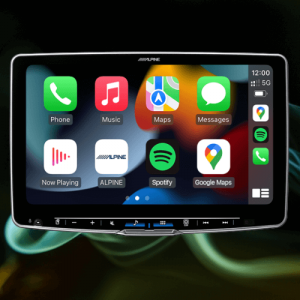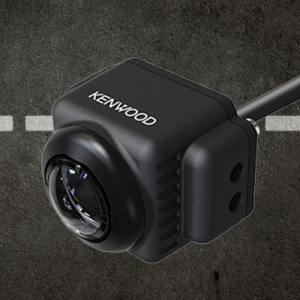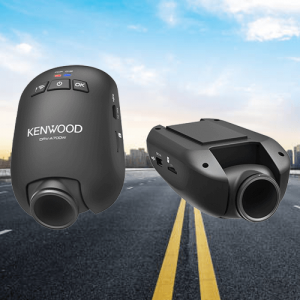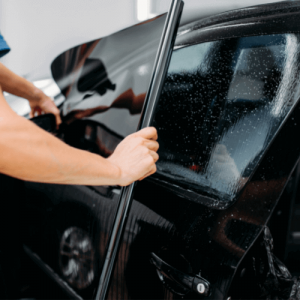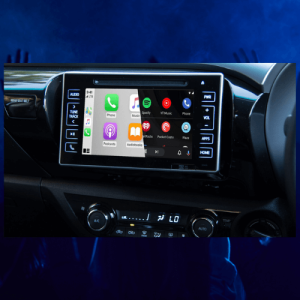No products in the cart.
Night Vision in Reversing Cameras- Do You Really Need It?
Since being used in the first production car 1991 Toyota Soarer Limited, the backup camera has passed through a number of design changes, with a few technologies added along the way. When the first commercial reversing camera was installed on production cars, the focus was on a single camera. This soon created a need for multiple cameras that address the needs of vehicle owners. Because of changing needs, new technologies were also added which were designed to make the reversing camera systems more functional and durable. Today, many cameras are now designed with protection against dust and water which give rise to the use of IP rating assignments. For the informed driver and buyer, all these add-ons help create a highly reliable reversing camera system that can work in different situations. Another interesting feature that you may discover in a commercial reversing camera system is night vision capability. How does it work and do you really need this in your aftermarket reversing camera system?
Night Vision Cameras
These types of reversing cameras use a number of infrared lights when backing up in the dark or at night. The infrared lights take over the white reverse lights are no longer enough to complete the work.
How this Technology Helps When Backing Up
Although many high-end reversing cameras in the market are designed to work in a wide variety of lighting conditions, these can provide a clear image in near or total darkness. This is where the infrared night vision illumination or light emission diode (LED) helps. In many high-end reversing cameras, the infrared LED will automatically turn on once there’s a drop in the ambient (background) lighting or if the image sensor cannot produce a high-quality image.
Aside from the presence of this feature, another difference between a low-end and a premium reversing camera is its ability to illuminate the coverage area of the camera. In most designs, the infrared illuminators should be able to illuminate the coverage area, up to 20 feet away. But if you use a premium reversing camera, you may find the coverage extending up to 30 or even 50 feet. With longer (better) coverage, you can be sure of safer driving experience. And this is true when it comes to reversing or backing up your car at night or during low light conditions.
As a responsible driver, always consider the night vision capability of the reversing camera when shopping. It should be a standard feature in the reversing camera system that you will purchase, and make it a point that its area of coverage should not be less than 10 feet.

